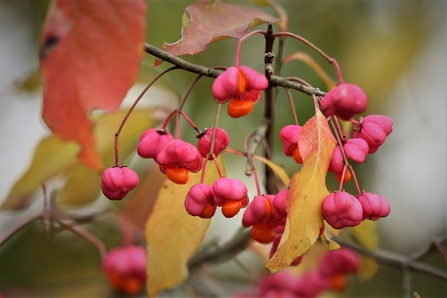
Spindle berries
Protect wildlife for generations to come
Bittern by Jamie Hall

Spindle berries
Spindle berries are unmissable with their clashing colours of shocking pink fruits bursting open to reveal orange seeds! But don’t eat them, they’re poisonous.
Spindle often grows in hedgerows, alongside other trees and shrubs such as dogwood, guelder rose, hazel and hawthorn. The hard wood was once used to make things like spindles and knitting needles, hence the name.
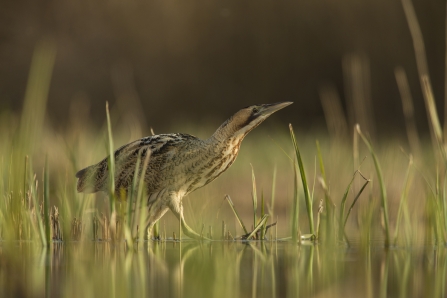
Bittern by Jamie Hall
We are fortunate enough to have a bird, once extinct in Britain, now regularly seen in our area, particularly in winter as migrants move inland. The bittern is a thickset species of heron with incredible camouflage that helps it blend with its favoured habitat of reedbeds.
Time spent in a reedy area such as Calvert Jubilee, Hosehill Lake, and Thatcham Reedbeds could reward the patient birder. An added bonus whilst waiting for a bittern is hearing pig-like squeals from the reeds! This is the unmistakeable call of a water rail hiding in the vegetation.
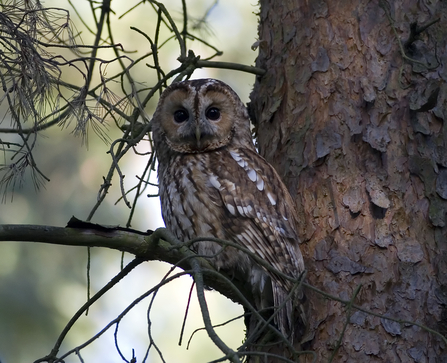
Tawny owl by Damian Waters
Tawny owls are easier to track down at this time of year because they are re-establishing territories and pair bonds, and this year’s brood are leaving home to establish their own patch. All this means quite a bit of calling. The male’s iconic hooting call goes something like ‘hoooo-huhuhuhooo’, while the typical female contact call is more like a ‘keewik’.
Tawny owls will frequently call from their daytime roost at dusk before moving off to hunt, so if you can locate them at dusk, you’ll know where to find them next time.
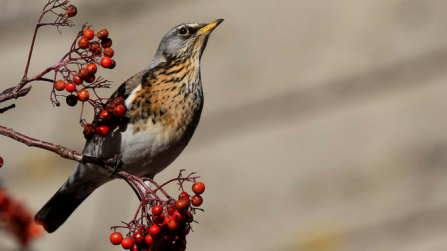
Fieldfare by Margaret Holland
Flocks of fieldfare arrive in Britain to spend the winter months as our climate is warmer than northern and eastern Europe where they spend the summer.
These thrushes have grey heads and can appear quite ‘upright’ on the ground. Look out for large flocks feeding on grassland, including playing fields, and in hedgerows nearby.
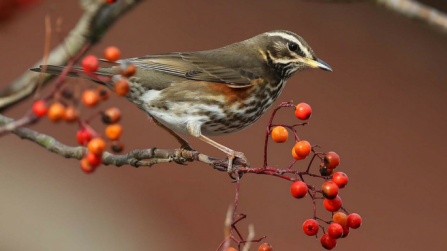
Listen out for a high-pitched ‘tseep, tseep’ at night. It’s the sound of redwings flying high overhead as they arrive in Britain to spend the winter here. They have a distinctive creamy white eye stripe and orangey/red patch under their wing.
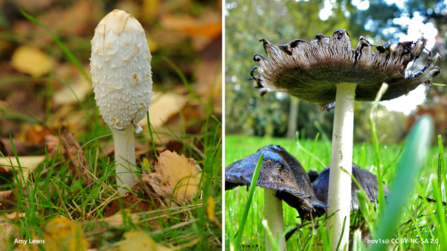
Shaggy inkcaps
It’s fascinating to see fungi emerge as if from nowhere after damp weather, but keep watching as they mature and eventually decompose, too. You might be lucky enough to spot a puffball exploding, or watch a blackening waxcap turn from bright orange to black.
Inkcaps are particularly dramatic as they mature. These pictures are both shaggy inkcaps! In a process called deliquescence or auto-digestion, the mushroom liquefies itself through the release of various enzymes that interact with moisture (if it’s too dry, the mushroom will simply shrivel). It’s thought this helps them release spores.
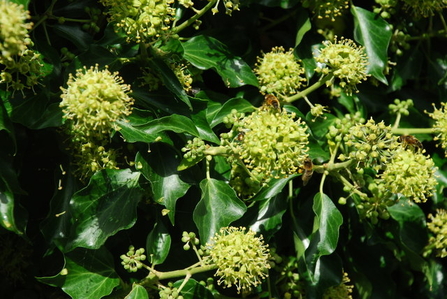
Ivy flowers by Alan Fryer CC BY-SA 2.0
Look closely at ivy and you’ll probably see that it’s in fact still in flower, and covered in all kinds of insects feasting on some much-needed late season pollen before the winter truly sets in. If you’re lucky you might even see a late red admiral or comma butterfly visiting.
Ivy bees are a new arrival in the UK, first recorded here in 2001. They time their emergence to fit with the flowering of ivy from September to November.
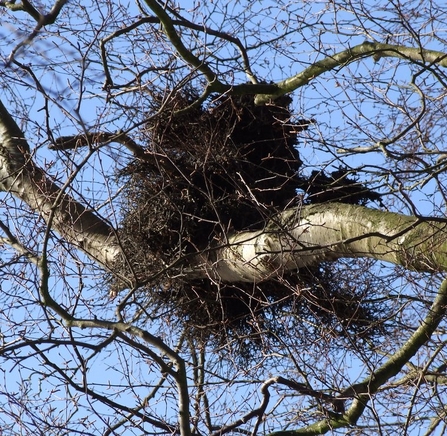
Witches' broom by Philip Goddard CC BY-NC 2.0
As the trees lose their leaves, the structure of the tree beneath is revealed and you may see lots of what looks like bird nests. Look more closely and you’ll see that many of them are in fact profusions of tiny twigs growing from the tree itself, often called witches brooms.
They are caused by fungi – different types in different trees – which stimulate the tree to create these abnormal growths so that they can feed off the shoots. They’re classified as a type of gall, as the process is similar to the one that creates the growths often seen on oak leaves.
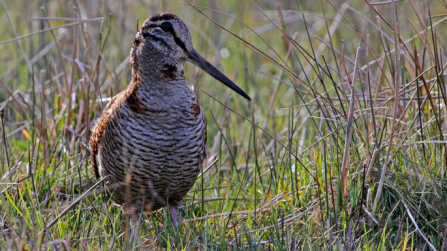
Woodcock can be found in many woodlands or hedgerows in winter as they roost after long nights feeding on open pasture. Their long beaks help them to reach earthworms and beetles deep underground. If you walk by one you will not miss it as it bursts out from beneath your feet with some determination!
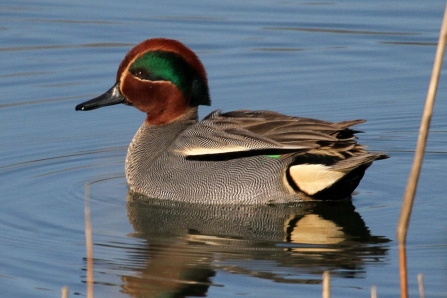
Teal by Margaret Holland
These little ducks dabble around for food on lakes, reservoirs and rivers. Male teals have distinctive green markings on their face, and a creamy patch at the base of the tail.
Birds that live here all year round are joined by more during the winter months. These winter visitors come from the Baltic and Siberia for the milder climate.